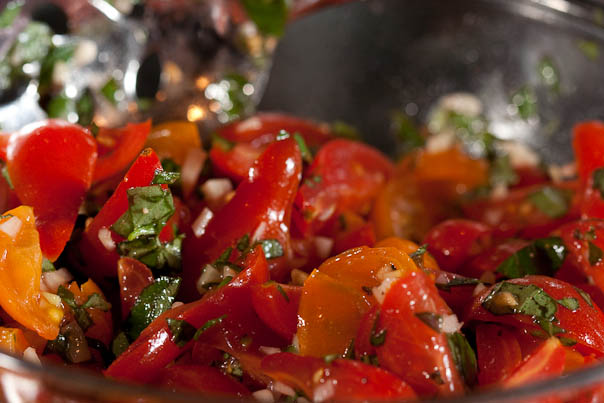 Last week at the farmers market, I found some green garlic. I’ve had green garlic before that looks more like spring onions, but as you can see from the picture here, this bunch of green garlic was a little more mature. I’d never worked with it this way before but the nice guy who sold it to me assured me that practically the whole thing is edible. So I was sold!
Last week at the farmers market, I found some green garlic. I’ve had green garlic before that looks more like spring onions, but as you can see from the picture here, this bunch of green garlic was a little more mature. I’d never worked with it this way before but the nice guy who sold it to me assured me that practically the whole thing is edible. So I was sold!
 In order to use green garlic in this state, it is necessary to remove the hard central stalk. To do this, I cut the bulb end off and then cut that in half. I removed the roots and the inner stalk. Then I peeled off the outer two or three layers, which are thin, kind of like spring onion. Inside the bulb, the cloves had only just started to show signs of differentiating. For the stalk, I used the tip of a knife to score its length, and pulled out the hard stalk from the center. Then I washed the leaves the same way that you would wash leeks, and trimmed the ends. I sliced the stalk into ribbons, and chopped the bulb.
In order to use green garlic in this state, it is necessary to remove the hard central stalk. To do this, I cut the bulb end off and then cut that in half. I removed the roots and the inner stalk. Then I peeled off the outer two or three layers, which are thin, kind of like spring onion. Inside the bulb, the cloves had only just started to show signs of differentiating. For the stalk, I used the tip of a knife to score its length, and pulled out the hard stalk from the center. Then I washed the leaves the same way that you would wash leeks, and trimmed the ends. I sliced the stalk into ribbons, and chopped the bulb.
The flavor of green garlic is extremely mild when eaten raw, and won’t leave you with bad breath. So I decided to use it in a raw kale salad. If you don’t have access to green garlic, this recipe goes great with anything that has a mild onion or garlic flavor. I’ve done it with green garlic, spring onions, and shallots each quite successfully. To further amp up the garlic flavor even further, use garlic oil.
This recipe makes a lot, but the salad keeps well in the fridge for days and makes a great snack.
Green Garlic and Kale Salad
Ingredients
- 2 bunches of kale, leaves removed from the stem
- 1 chopped green garlic bulb or two finely diced shallots
- 1/4 cup freshly squeezed lemon juice
- 3/4 tsp salt
- 1/2 tsp freshly ground pepper
- 1/2 cup olive oil or garlic oil
Method
Roughly chop or slice the kale and place in a large bowl. In a separate bowl, combine the remaining ingredients and whisk to emulsify. Pour over the kale and use tongs (or your hands) to toss. Make sure the kale is evenly coated. Set aside to let the kale wilt slightly at room temperature for 30 minutes or longer (an hour would be great). Taste, and adjust seasoning if necessary.






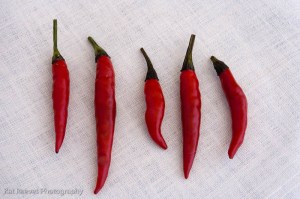

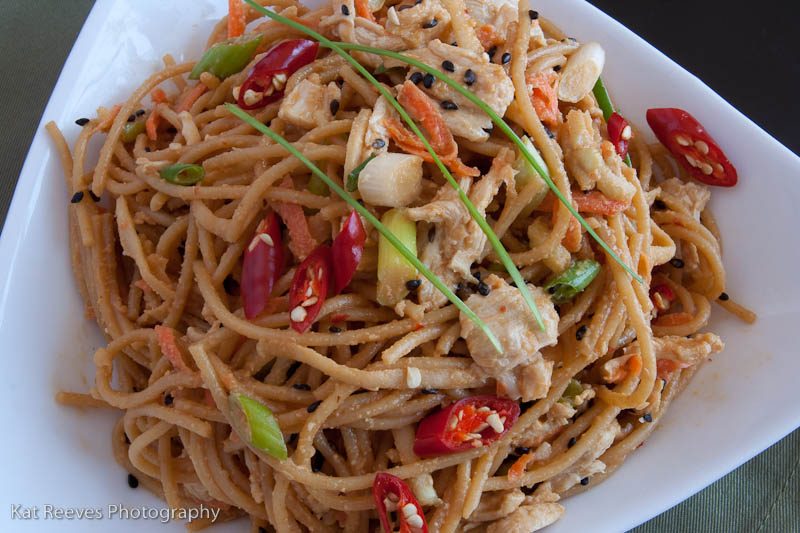
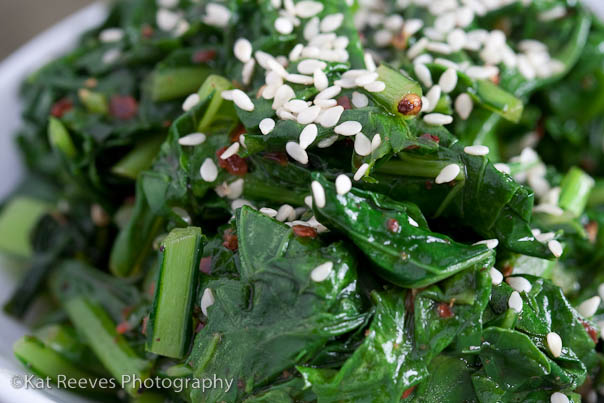 One of my husband’s friends gave us some Szechuan peppercorns a while ago as a gift. I was pretty stoked to get them, but didn’t have any immediate plans for them so I stuck them in a cupboard and kind of forgot they were there for a while.
One of my husband’s friends gave us some Szechuan peppercorns a while ago as a gift. I was pretty stoked to get them, but didn’t have any immediate plans for them so I stuck them in a cupboard and kind of forgot they were there for a while. I don’t know why I remembered them all of a sudden on the weekend, but I decided to pair them up with some turnip greens that I had left over after making
I don’t know why I remembered them all of a sudden on the weekend, but I decided to pair them up with some turnip greens that I had left over after making 
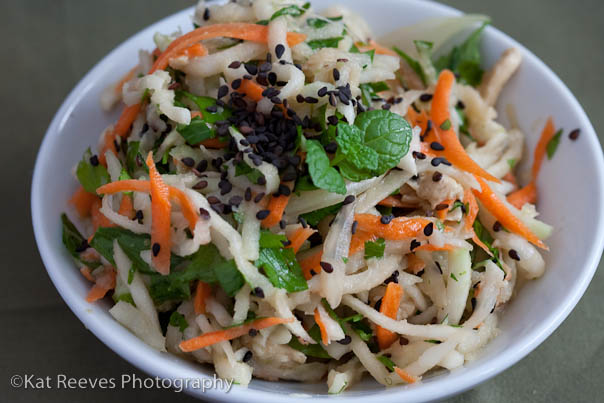 One of the cool things about doing a
One of the cool things about doing a 
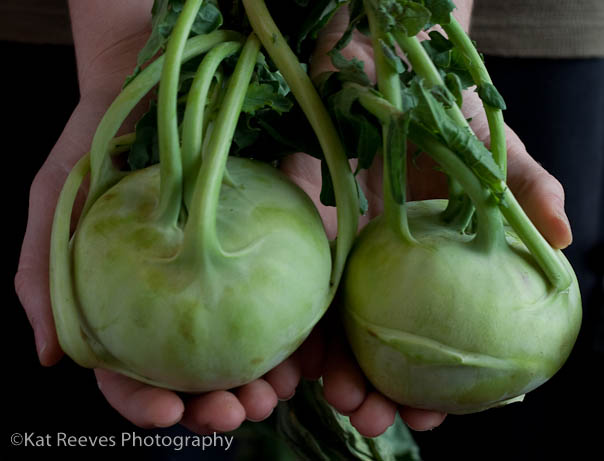
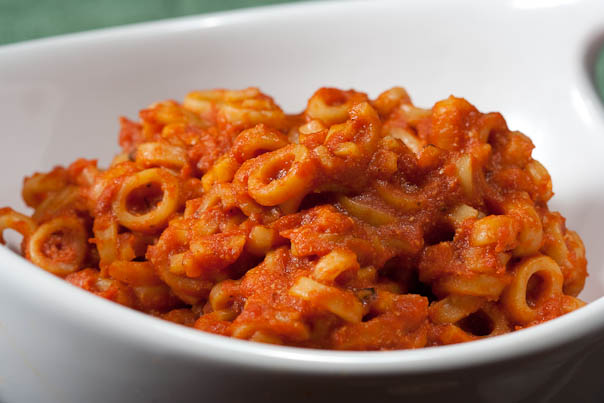

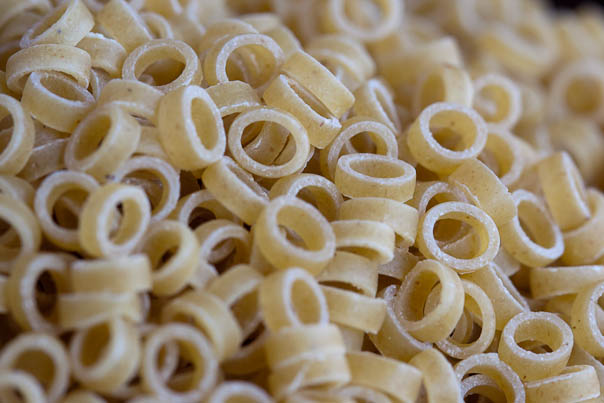




 Tip: You can also add a few other things to play with the flavors here. I’ve tried this with different combinations of herbs, including parsley and mint. I’ve also tossed in some diced roasted red pepper when I’ve had it on hand, and a little diced jalapeno for some kick.
Tip: You can also add a few other things to play with the flavors here. I’ve tried this with different combinations of herbs, including parsley and mint. I’ve also tossed in some diced roasted red pepper when I’ve had it on hand, and a little diced jalapeno for some kick.